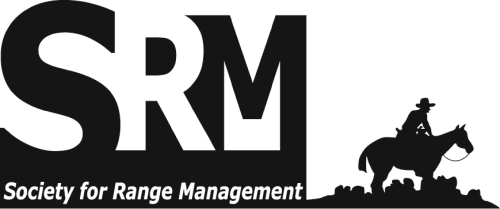Seeding to adopted forage species is one of the most effective means for restoring Iranian rangelands to full forage production. Observation and study of native vegetation response to reduced grazing has indicated an unexpected potential for forage production. The severely deteriorated condition of much of the native rangeland, however, does not leave an alternative to reseeding. Fall seeding of crested wheatgrass is favored over spring seeding because (1) a higher percentage of seedling establishment is realized, (2) more vigorous seedlings are obtained, and (3) seeded stands can be utilized from the end of the second year. This material was digitized as part of a cooperative project between the Society for Range Management and the University of Arizona Libraries. The Journal of Range Management archives are made available by the Society for Range Management and the University of Arizona Libraries. Contact lbry-journals@email.arizona.edu for further information. Migrated from OJS platform August 2020

Scholarly peer-reviewed articles published by the Society for Range Management. Access articles on a rolling-window basis from vol. 1, 1948 up to 5 years from the current year. Formerly Journal of Range Management (JRM). More recent content is available by subscription from SRM.